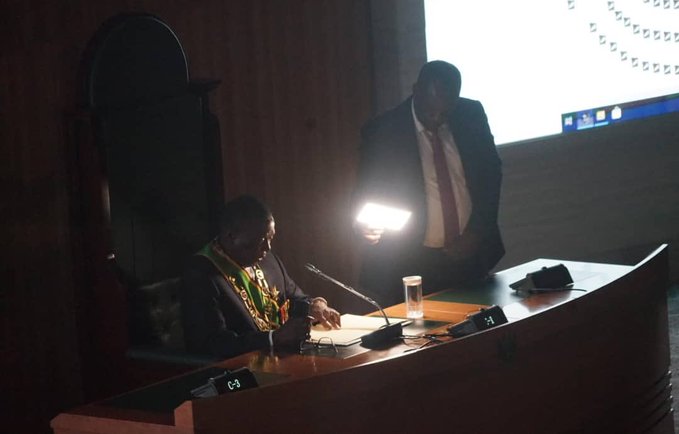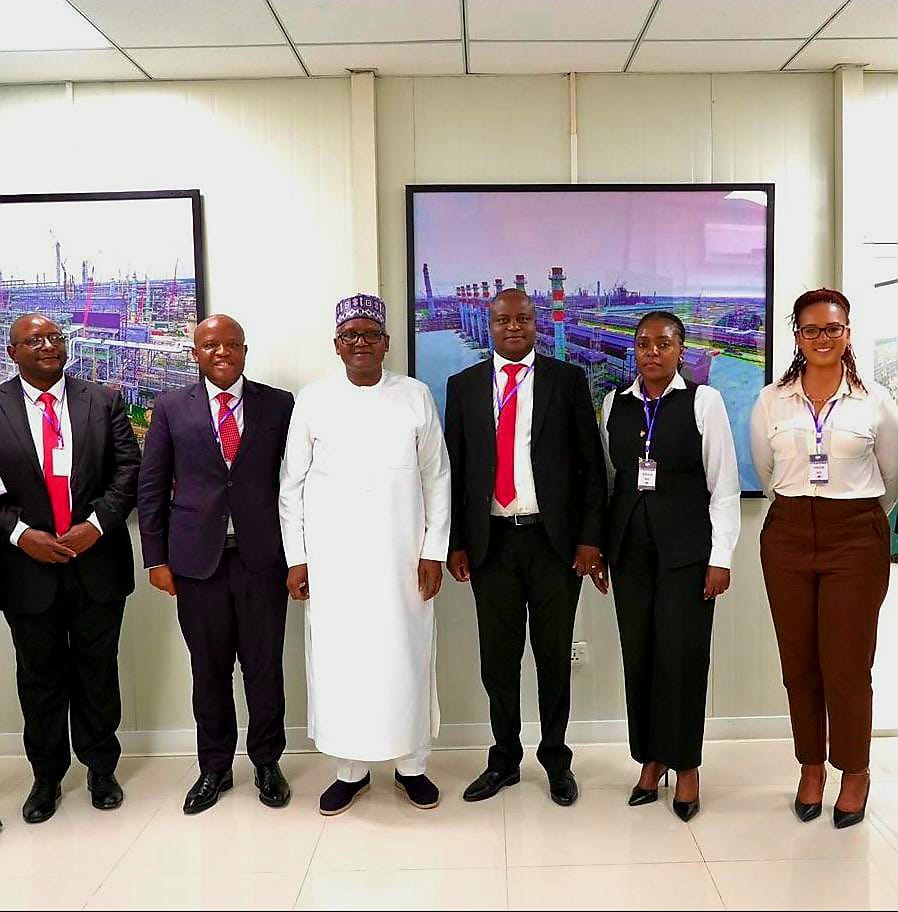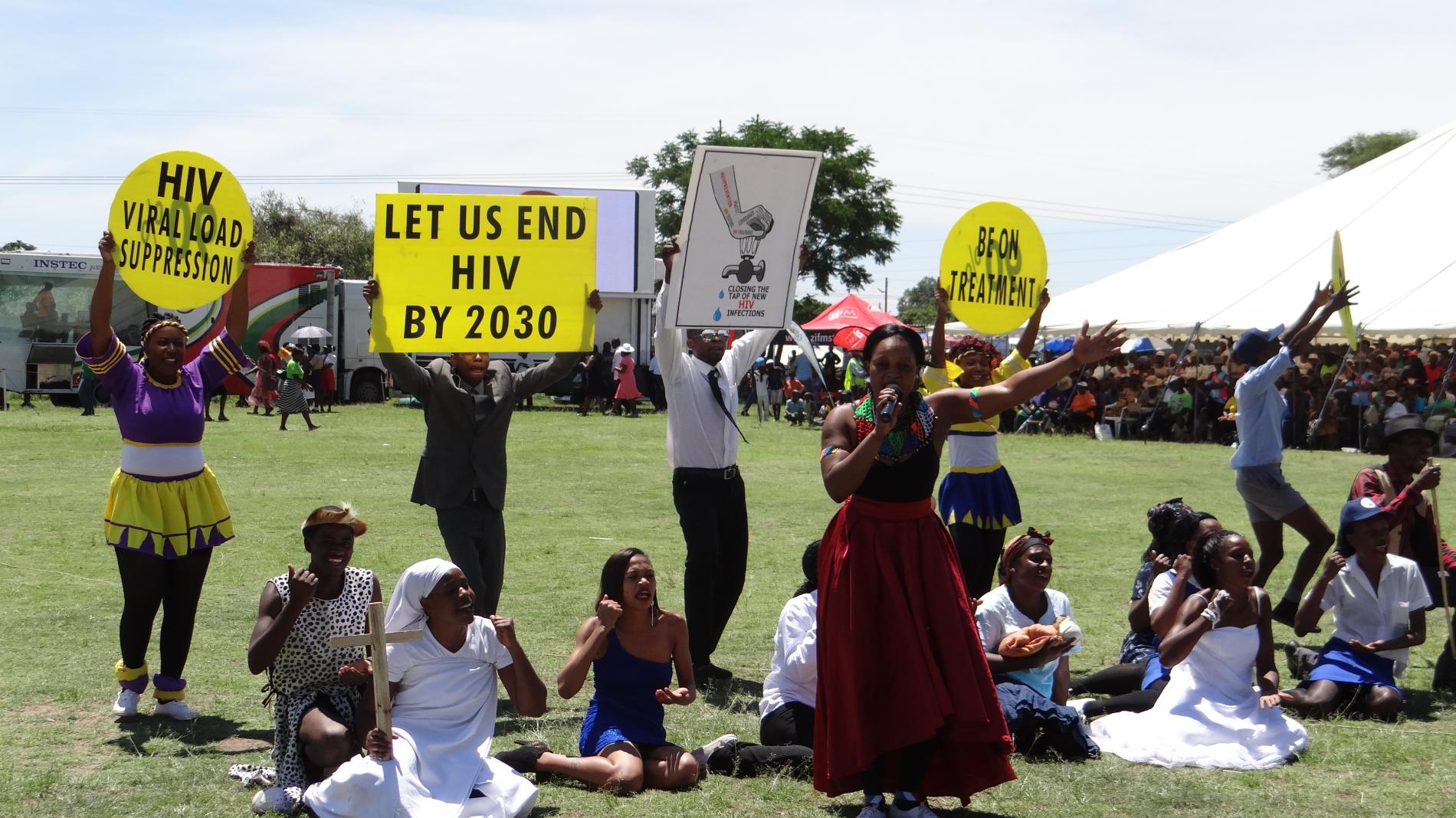Turnall will be shifting its focus towards the top tier market going forward as subdued demand patterns have affected the low end market segment, MD John Jere told an analyst briefing yesterday.
"We are seeing a strengthening of the top tier and medium market segment and as such we will be focusing on improving our mix as a way of generating revenues going forward," Jere said.
He added that the strengthening in these segments emanated from the $2.5 million investment in the new roofing tile which contributed 11% in 2013 to turnover and they are forecasting volume growth for Ravenna Tiles.
"We will thus be focusing on balancing our new income streams through new product lines, taking larger share of mortgage based projects and private home construction as well as exports," he added.
Profit streams from top tier and medium market segments are expected to be 65% whilst the low cost segment is expected to generate the difference.
"In prior years before the depressed demand patterns being witnessed, the low cost market was the dominant contributor," Jere told analysts.
Jere told the meeting that they had already opened a warehouse and office in South Africa as a way of improving exports. He added that the ANC government housing programme and a generally liquid economy would be the main drivers for exports.
Zambia and Tete were the other export destinations that the company is targeting going forward. Further to focusing on top tier market and exports, Jere also said they were shifting towards a cash model.
"We are slowly shifting towards this model in light of the tightening of liquidity and also as a way of dealing with our debtors' book and cashflows," said Jere.
He mentioned that they were moving from the 60% cash: 40% credit model to the 70% cash:30% credit model.
"This model though slightly different from the one being used by ZESA will go a long way in improving cash collections. We foresee implementation of this model bringing down debtors by $6 million from $18 million," he noted.
Jere hinted to the meeting that the model would work as Turnall was also being offered the same deal by its suppliers.
He added that they would continue to focus on tight management of cost base and return to profitability in 2014.
In regard of operational performance, the MD mentioned that activity in the construction activity remained slow mainly due to constrained funding for "big" projects.
He however mentioned that individuals, small scale farmers and an active informal sector were the major participants.
Private income contributed 70% for Building products compared with 60% in the previous year. The informal market, agriculture and other players accounted for 15%, 11% and 4% respectively.
"Agriculture's contribution slowed down due to drought season," Jere added.
"We closed the year at capacity utilisation of between 52% and 55% compared with the manufacturing sectors' average estimated around 40% by CZI," he said.
Jere also told analysts that the break even capacity utilisation for Turnall stood around 35%-40%.
On sales volumes, building products declined by 6% to 64,754tonnes despite contributing 82% of the total volumes. Galvanised Corrugated Iron Sheet (GCIS) declined by 37% to 294tonnes with the MD citing that the sector was highly competitive subsequently eroding margins.
Exports on the other hand rose by 30% to 2,977tonnes (t) despite the weakness in the rand which limited volumes growth. Pipes were also up by 53% to 2,464t whilst concrete tiles volumes stood at 8,346t in their first financial year of sales.
Overall sales volumes rose by 7% to 78,835t from 73,565t.
Jere indicated that they were revisiting the route to market model for Turnall's products with the aim of trying to increase revenues.
Turning to the financial review, Finance Manager Norman Gwangwadza told the meeting that turnover was up 1% to $42.88 million with exports accounting for 4% of the total.
Gross profit margins declined from 29% to 24% due to rising production costs on the back of continued importation of key raw materials and reduced capacity utilisation.
"Low capacity utilisation implies that fixed costs will not be spread over huge output levels hurting margins," he added.
As a prudent measure, Gwangwadza told the briefing that they increased their impairments from $0.49 million to $3.30 million.
Profit from operations at $0.12 million was 97% lower compared with prior years' position of $4.32 million.
Net finance costs remained high at $3.22 million resultantly leading to a loss of $3.20 million. In the prior year, a profit of $1.21 million had been recorded.
"Finance costs are quite heavy but as a way of financing the business there appears to be no feasible options," the FM added.
"Despite the loss position what is worth noting is that the company remains profitable at EBITDA level," Gwangwadza told the meeting as EBITDA at $2.72 million though lower than last years' $6.75 million, remained positive.
Turning to the statement of financial position, Capex of $3.8 million was incurred during the year whilst Borrowings declined by 11% to $9.54 million. All of Turnall's debt is short term.
"The reduction in debt was due to repayment of PTA facility, added Gwangwadza.
Debtors days worsened from 128 days to 139 days.
- zfn
 Zimbabwe announces strict enforcement of axle load limits
Zimbabwe announces strict enforcement of axle load limits  SA decry 'non-existent' Beitbridge border post security
SA decry 'non-existent' Beitbridge border post security  Millions celebrate Diwali festival in India
Millions celebrate Diwali festival in India  Zimbabwe's dollar stock exchange surges 45%
Zimbabwe's dollar stock exchange surges 45%  Gold edges up as traders await guidance
Gold edges up as traders await guidance  Karo Platinum Project capex rises to US$546m
Karo Platinum Project capex rises to US$546m  Young Investment Professional (YIP) Graduate Programme 2019
Young Investment Professional (YIP) Graduate Programme 2019 










 Young Investment Professional (YIP) Graduate Programme 2019
Young Investment Professional (YIP) Graduate Programme 2019
Editor's Pick